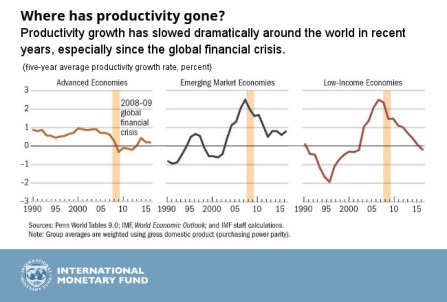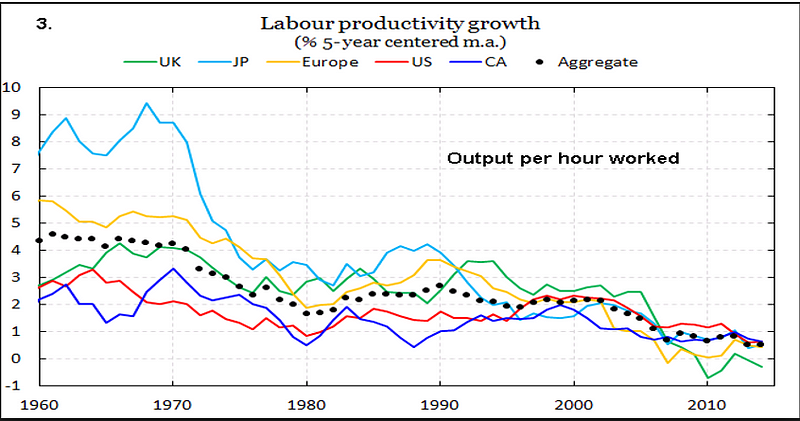
For my hylozoist friends,Hedda Hassel Morch in Nautilus:
[T]he deep nature of consciousness appears to lie beyond scientific reach. We take it for granted, however, that physics can in principle tell us everything there is to know about the nature of physical matter. Physics tells us that matter is made of particles and fields, which have properties such as mass, charge, and spin. Physics may not yet have discovered all the fundamental properties of matter, but it is getting closer.
Yet there is reason to believe that there must be more to matter than what physics tells us. Broadly speaking, physics tells us what fundamental particles do or how they relate to other things, but nothing about how they are in themselves, independently of other things.
Charge, for example, is the property of repelling other particles with the same charge and attracting particles with the opposite charge. In other words, charge is a way of relating to other particles. Similarly, mass is the property of responding to applied forces and of gravitationally attracting other particles with mass, which might in turn be described as curving spacetime or interacting with the Higgs field. These are also things that particles do or ways of relating to other particles and to spacetime.
In general, it seems all fundamental physical properties can be described mathematically. Galileo, the father of modern science, famously professed that the great book of nature is written in the language of mathematics. Yet mathematics is a language with distinct limitations. It can only describe abstract structures and relations. For example, all we know about numbers is how they relate to the other numbers and other mathematical objects—that is, what they “do,” the rules they follow when added, multiplied, and so on. Similarly, all we know about a geometrical object such as a node in a graph is its relations to other nodes. In the same way, a purely mathematical physics can tell us only about the relations between physical entities or the rules that govern their behavior.
One might wonder how physical particles are, independently of what they do or how they relate to other things. What are physical things like in themselves, or intrinsically? Some have argued that there is nothing more to particles than their relations, but intuition rebels at this claim. For there to be a relation, there must be two things being related. Otherwise, the relation is empty—a show that goes on without performers, or a castle constructed out of thin air. In other words, physical structure must be realized or implemented by some stuff or substance that is itself not purely structural. Otherwise, there would be no clear difference between physical and mere mathematical structure, or between the concrete universe and a mere abstraction. But what could this stuff that realizes or implements physical structure be, and what are the intrinsic, non-structural properties that characterize it? This problem is a close descendant of Kant’s classic problem of knowledge of things-in-themselves. The philosopher Galen Strawson has called it the hard problem of matter.
More here.
Julia Lovell at The Guardian:



